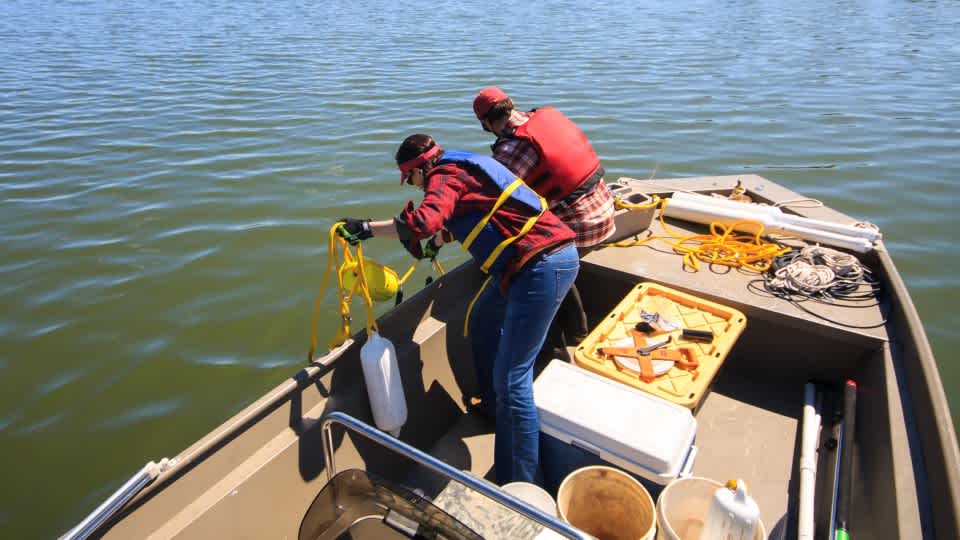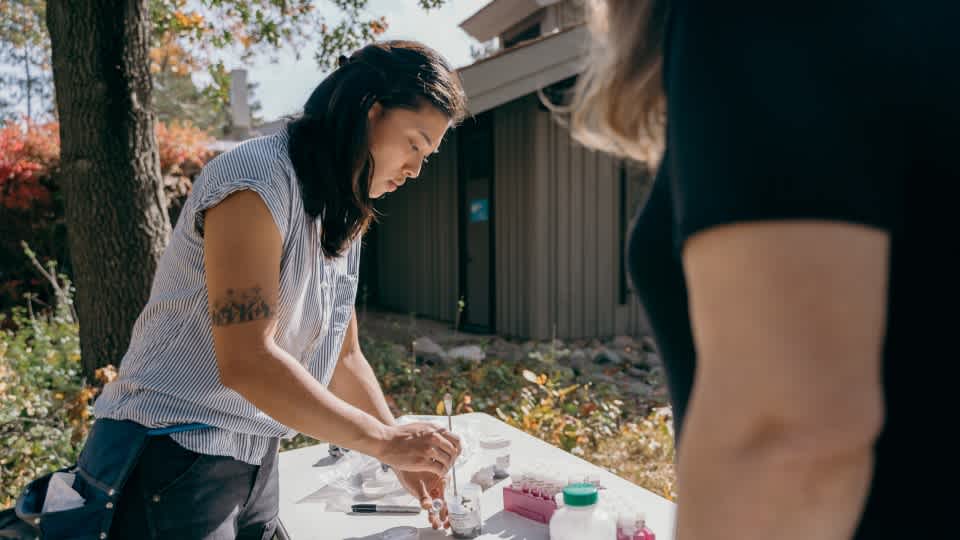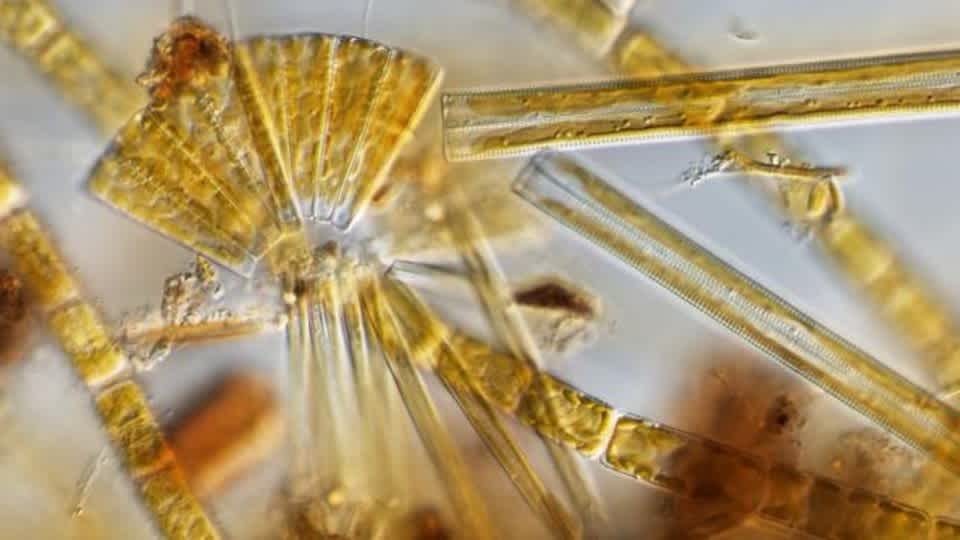SCWRS Research Program
Research at the St. Croix Watershed Research Station includes work by staff scientists, graduate students, and visiting researchers. We have the necessary scientific tools, from analytical instruments and high-powered microscopes for lab work, to boats and vehicles for fieldwork in remote regions.
Completed in 1994, the centerpiece Harmon Research Center houses five state-of-the-art laboratories, including the 1,000 square foot analytical lab, a sediment-dating lab, gamma spectrometry radioisotope tracer lab, wet lab, and microscopy lab.
Staff research focuses on scientifically and environmentally important questions on regional, national, and global scales. Studies include topics like land-water interaction, biogeochemistry, hydrology, restoration ecology, and aquatic biology. Relevant issues include eutrophication, toxic pollutants, climate change, erosion and sedimentation, and biodiversity.



